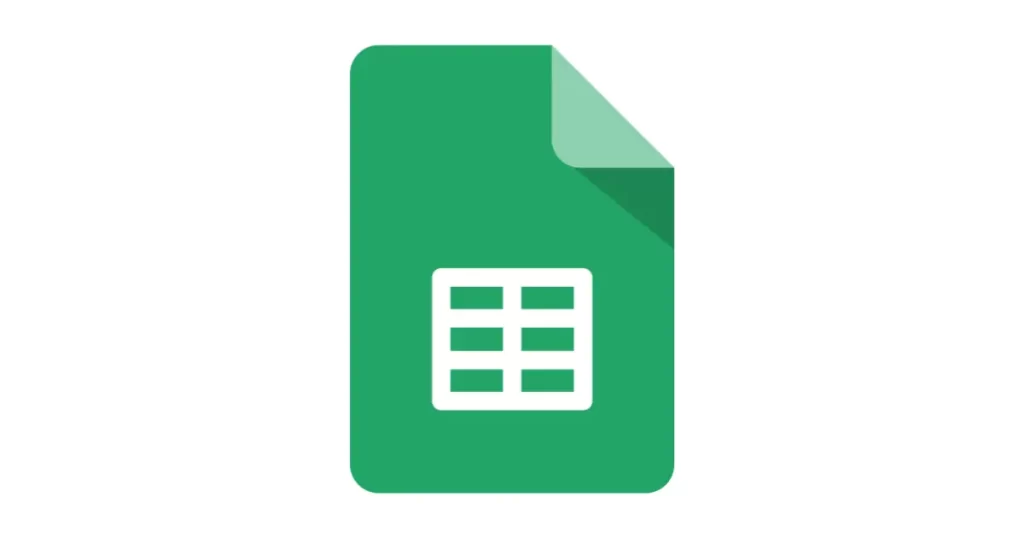Table of Contents
In the realm of digital productivity, mastering the art of creating a calendar in Google Sheets can be a game-changer. This guide is meticulously designed to enhance your Google Sheets skills, providing a bespoke approach towards calendar creation. With utmost simplicity and a touch of humor, let’s unlock the secrets of building an efficient calendar tailored to your needs.
Getting Started:
- Open Google Sheets:
Begin your journey by navigating to Google Sheets. If it’s not already in your suite of tools, it is advisable to add it for seamless integration with your Google Workspace. - Create a New Spreadsheet:
In the heart of your Google Sheets dashboard, click on the “+” button to unveil a new, blank spreadsheet – the canvas for your digital calendar.
Setting Up the Calendar Structure:
- Establish Headers:
Like the foundation of a building, set the stage by labeling the top row with days of the week (Sunday to Saturday). Your calendar is not merely a schedule; it’s a visual masterpiece. - Dates and Days:
In the first column, let’s input the dates, starting from the first day of your calendar month. Use a simple formula to automatically fill in the days of the week corresponding to each date.
Formatting Your Calendar:
- Merge Cells for a Clean Look:
Merge cells where necessary to create a visually appealing layout. This step ensures your calendar is not daunting but rather inviting to the eyes. - Highlight Weekends:
With a few clicks, distinguish weekends from weekdays. It’s not only about organization; it’s about making your calendar aesthetically pleasing.
Adding Events:
- Event Input:
It’s time to add life to your calendar. Beneath each date, create sections for events. Embrace the drag-and-drop functionality, making event additions as seamless as possible. - Color-Coding for Clarity:
To avoid the complexities of deciphering events, color-code them. This not only streamlines information but also adds a touch of flair to your calendar.
Utilizing Formulas for Efficiency:
- Countdowns and Durations:
Ever-evolving calendars demand dynamic features. Implement formulas for countdowns to important events and calculate durations effortlessly. - Automate Repetitive Tasks:
The world of productivity appreciates automation. Utilize formulas to automate repetitive calculations, saving time and effort in the long run.
Collaborative Features:
- Sharing and Collaborating:
In the realm of teamwork, sharing is caring. Learn the art of sharing your calendar with collaborators, fostering an environment where everyone is on the same page. - Comments for Communication:
Engage in dialogue by adding comments. Communication is key, and your calendar becomes a hub for collaboration.
Final Touches:
- Print or Export:
When it comes to presenting or sharing a physical copy, Google Sheets allows you to print or export your calendar effortlessly. - Regular Updates:
In the everchanging landscape of schedules, ensure your calendar is robust. Regularly update it to keep pace with your dynamic life.
Crafting a calendar in Google Sheets isn’t merely a task; it’s an opportunity to organize your life with finesse. By following these steps, you’re not just creating a calendar; you’re designing a tool that aligns with your unique rhythm. So, grab your virtual paintbrush and let’s unveil the secrets of an efficient, personalized calendar in Google Sheets.


